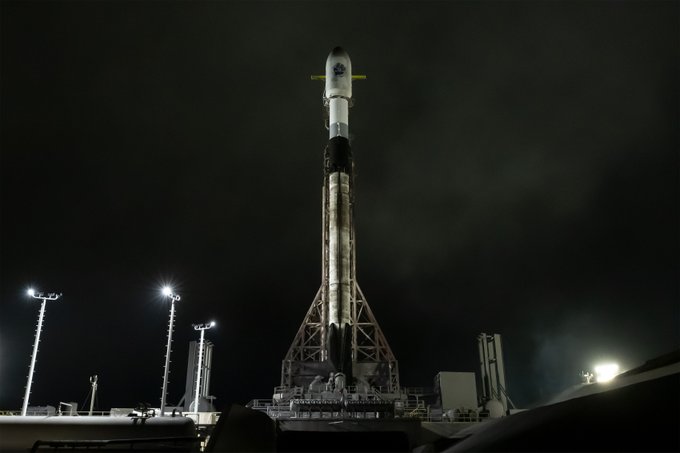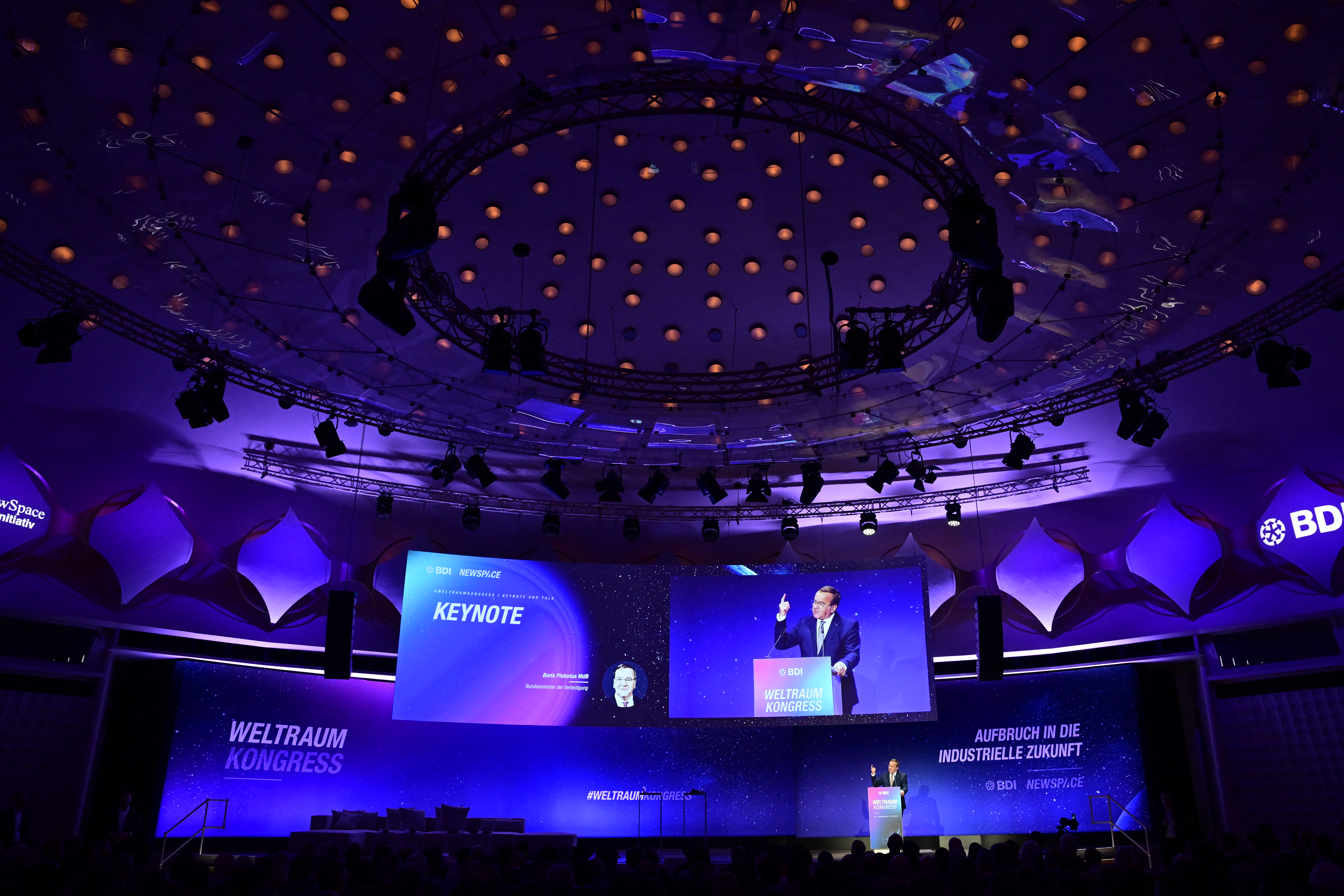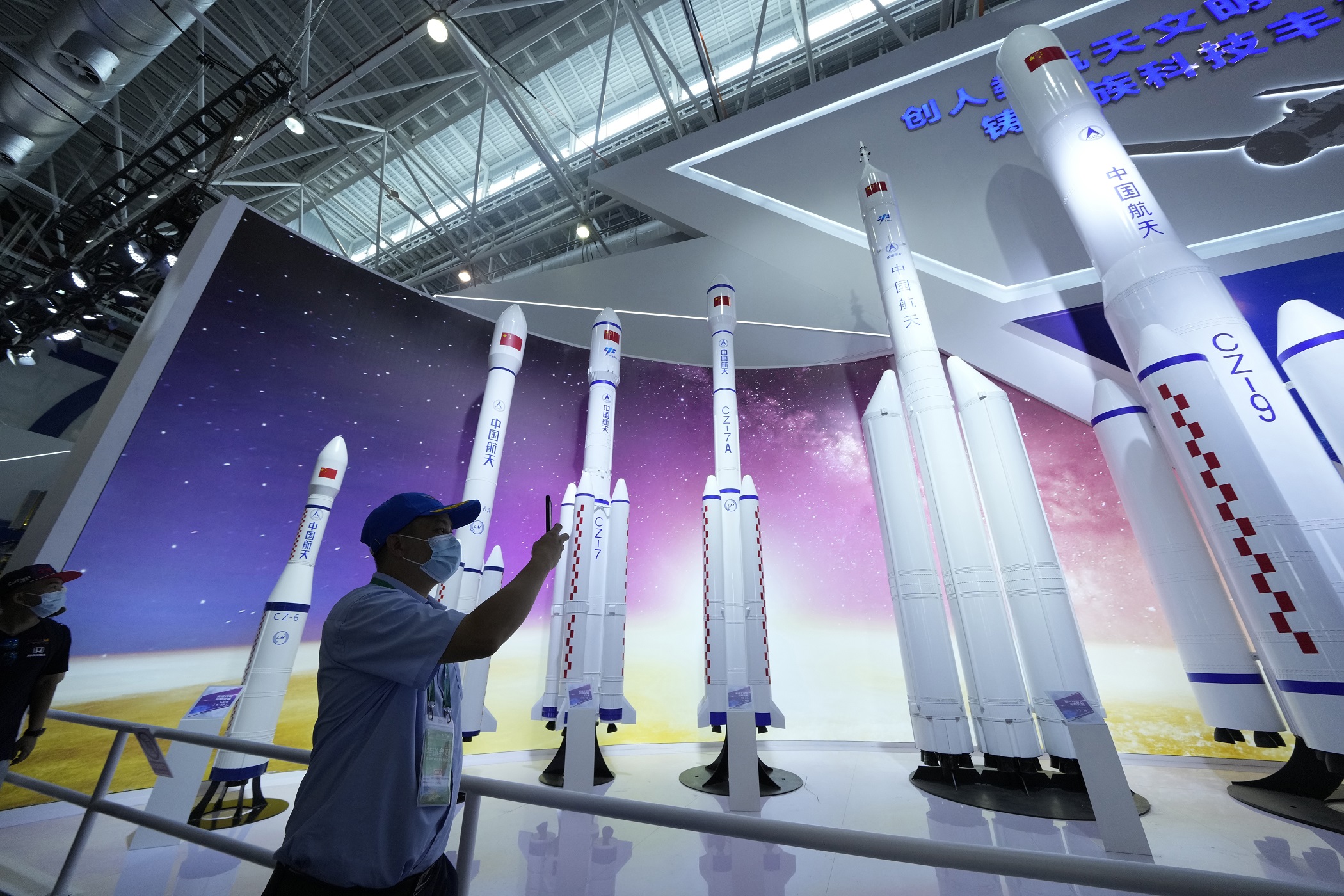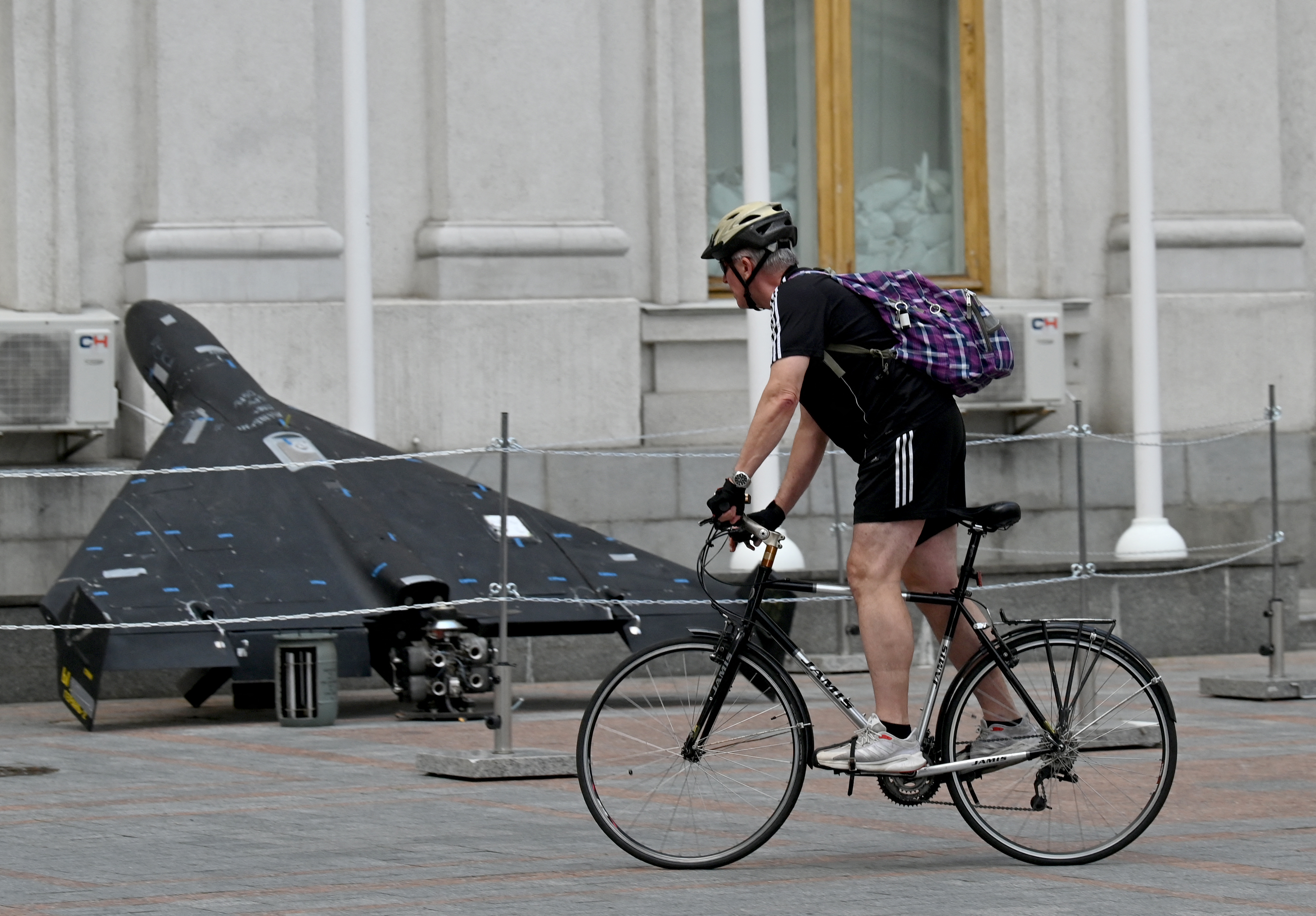
Advancements in commercial space technology could make President Donald Trump’s proposed “Golden Dome” missile defense network far more likely to succeed than the failed “Star Wars” strategic umbrella initiative of the 1980s, U.S. Space Command’s top general said May 22.
Ten years ago, “if we had talked about constellations of satellites that had 7,000-plus satellites that could provide services anywhere on the globe … we might have thought that was crazy,” Gen. Stephen N. Whiting said at a Chicago Council on Global Affairs event. “Now we take that for granted.”
Whiting praised the U.S. commercial space industry’s explosive growth and its achievements over the past decade, pointing to the reusable SpaceX Falcon 9 rocket booster that has landed itself more than 400 times.
It’s been more than 40 years since President Ronald Reagan announced his Strategic Defense Initiative, which later became known as the Star Wars missile defense system. The U.S. spent billions on the ambitious effort but failed to produce an umbrella that would shield the country from nuclear attack.
Since then, “the technology has advanced tremendously,” Whiting said. “The cost of getting things to orbit has come down significantly as well because of the U.S. commercial industry and their space lift and heavy lift capability. So those are all advantages I think that will definitely support the development of the Golden Dome.”
Whiting’s comments come days after President Donald Trump called for Golden Dome to be completed in “less than three years,” which is significantly faster than many experts predict it will take to develop the technology.
Golden Dome calls for an advanced network of space-based tracking sensors and missile interceptors that would work with systems on the ground, at sea and in the air to defend the homeland against ballistic missiles, newer hypersonic weapons, and other sophisticated threats that current defense infrastructure is unable to counter.
Traditionally, Whiting said, intercontinental ballistic missiles follow a predictable flight trajectory that makes them easier to track.
“Now countries like China and Russia have fielded what we call hyper-glide vehicles,” Whiting said. “Instead of launching and being very predictable, these things now can turn wildly, they can fly much longer than expected.”
China has also tested what is known as a “fractional orbital bombardment system,” an ICBM that can, in theory, orbit Earth multiple times before dropping onto a target from space without warning, Whiting said.
Trump estimated Golden Dome would cost $175 billion over three years — much less than a nonpartisan Congressional Budget Office estimate that found the cost of space-based interceptors alone could climb as high as $542 billion over 20 years.
“I don’t think [$175 billion] will be executable in three years,” Todd Harrison, a senior fellow at the conservative American Enterprise Institute, said May 23. “I think $175 billion might be a five-year or a 10-year cost estimate. … People misspeak all the time.”
Harrison argued the three-year timeline might yield a partially finished system but not a complete shield.
“This will absolutely not be finished within three years,” he said. “I think we might be able to have something that they call an initial operating capability.”
But the Pentagon and the commercial space industry are capable of producing a successful missile defense system like Golden Dome, he said.
“It is technologically feasible,” he said. “It’ll be expensive, for sure, but we’re a wealthy nation. We could make the choice to prioritize it.”
As much as the space industry has evolved, Whiting cautioned that “there is some fragility in that defense industrial base and in that commercial space sector.”
In the past, several large companies have relied on a single subcontractor to supply critical components, which creates “a choke point for us,” Whiting said.
“Now we want to make sure that we have multiple companies that can field all the capabilities that we need,” he said. “This … is a world-leading effort for the United States and our commercial space companies, but there are some areas that we want to continue to invest in to make sure they’re as robust and resilient as possible.”
A key part of Golden Dome’s success will be developing its space-based sensor network, said Harrison, noting that the Pentagon’s Space Development Agency has already begun launching satellite prototypes to sense and track missiles from low Earth orbit.
The program’s first tranche of satellites was supposed to launch this year but is delayed. Tranche two has about 50 satellites under contract and in production.
While Golden Dome may be technologically possible, Harrison said, it might not be politically feasible. Its fate could be decided by the 2026 congressional midterm elections.
“If the House flips to the Democrats … how enthusiastic are they going to be to put extra money in the budget for Golden Dome with that name?” he said.
The post General Says Commercial Space Industry is Ready for Golden Dome appeared first on Air & Space Forces Magazine.

Missile Warning & Defense, Space, Gen. Stephen N. Whiting, golden dome, missile defense, Todd Harrison, U.S. Space Command
Air & Space Forces Magazine
Bitcoin
Ethereum
Monero

Donate Bitcoin to The Bitstream
Scan the QR code or copy the address below into your wallet to send some Bitcoin to The Bitstream

Donate Ethereum to The Bitstream
Scan the QR code or copy the address below into your wallet to send some Ethereum to The Bitstream

Donate Monero to The Bitstream
Scan the QR code or copy the address below into your wallet to send some Monero to The Bitstream
Donate Via Wallets
Select a wallet to accept donation in ETH BNB BUSD etc..











